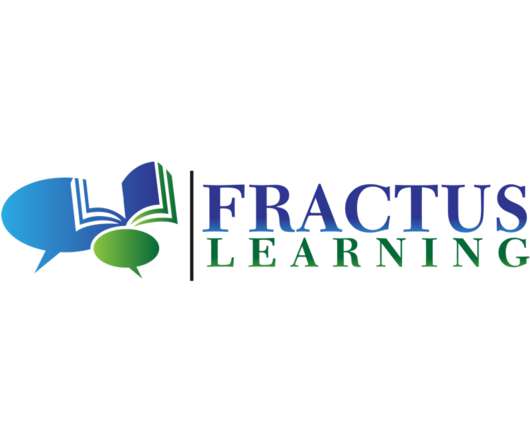The Value of Listening in the Classroom: How to Teach Your Students Active Listening
Waterford
MARCH 3, 2020
In school, one example of active listening would be a student waiting their turn and considering what their peers have to say before stating their opinion in a classroom discussion. A classroom example of passive listening? Provide students with an opportunity to model active listening skills by holding regular classroom meetings.[7]

























Let's personalize your content